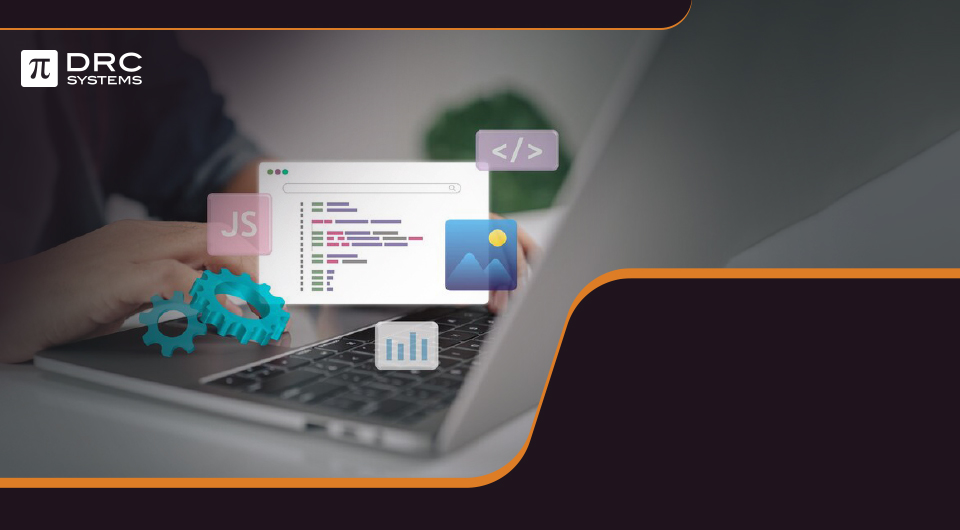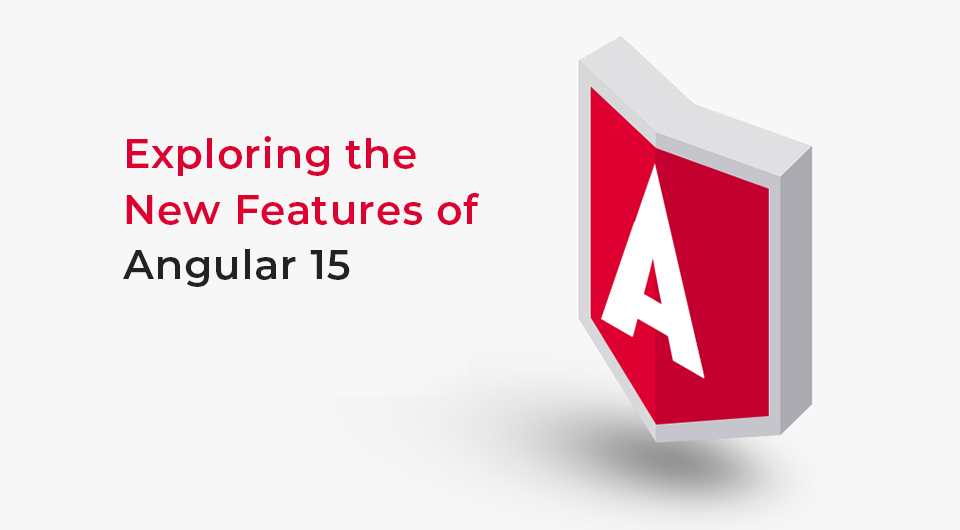Related Articles
Why Use Vue.js in 2023
Explore what makes Vue.js a popular framework for front-end development.
Read The PostThe Importance of User Experience in Mobile App Development
In this blog, we’ll discuss the significance of UX in mobile app development. Read on for surprising insights into UX design.
Read The PostExploring the New Features of Angular 15: A Comprehensive Guide
Angular 15 has gained popularity thanks to its innovative and advanced features. Curious about what it offers? Let’s explore the details.
Read The Post


